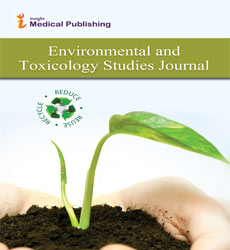Microwave Studies of Environmental Friendly Ferroelectrics
Abstract
Micro The structural and microwave studies of lead-free barium niobates ceramics prepared by the high temperatures solid state reaction technique are reported. The structural parameters such as the lattice constants, average crystallite size (D), texture coefficients (TC), dislocation density, and micros train have been determined using X-ray diffraction data. Surface morphological studies were carried out using scanning electron microscopy (SEM) technique. The strong absorption bands at ~816 cm−1, 641 cm−1, and 482 cm−1 are associated with the coupling mode between Nb–O stretching modes observed in FTIR studies. The electromagnetic transmittance, absorption, studies of barium niobates in the X band frequency range frequencies using waveguide reflectometer technique is reported. Lead-free materials are of interest as new candidates to interchange the widely used lead-based ceramics owing to their pollution free environmental friendly character throughout the preparation process. Materials that can absorb microwaves will eliminate electromagnetic radiation pollution. Wide unfolding applications of electromagnetic absorbers have affected engineers to explore relating to optimum design without their algorithms. Ferroelectrics especially complex oxides with perovskite structure are inherently multifunctional materials with spontaneous polarization. The dielectric, electric, acoustic, mechanical, temperature, magnetic, and optical properties of these materials are used in a wide number of electronic applications
Open Access Journals
- Aquaculture & Veterinary Science
- Chemistry & Chemical Sciences
- Clinical Sciences
- Engineering
- General Science
- Genetics & Molecular Biology
- Health Care & Nursing
- Immunology & Microbiology
- Materials Science
- Mathematics & Physics
- Medical Sciences
- Neurology & Psychiatry
- Oncology & Cancer Science
- Pharmaceutical Sciences
